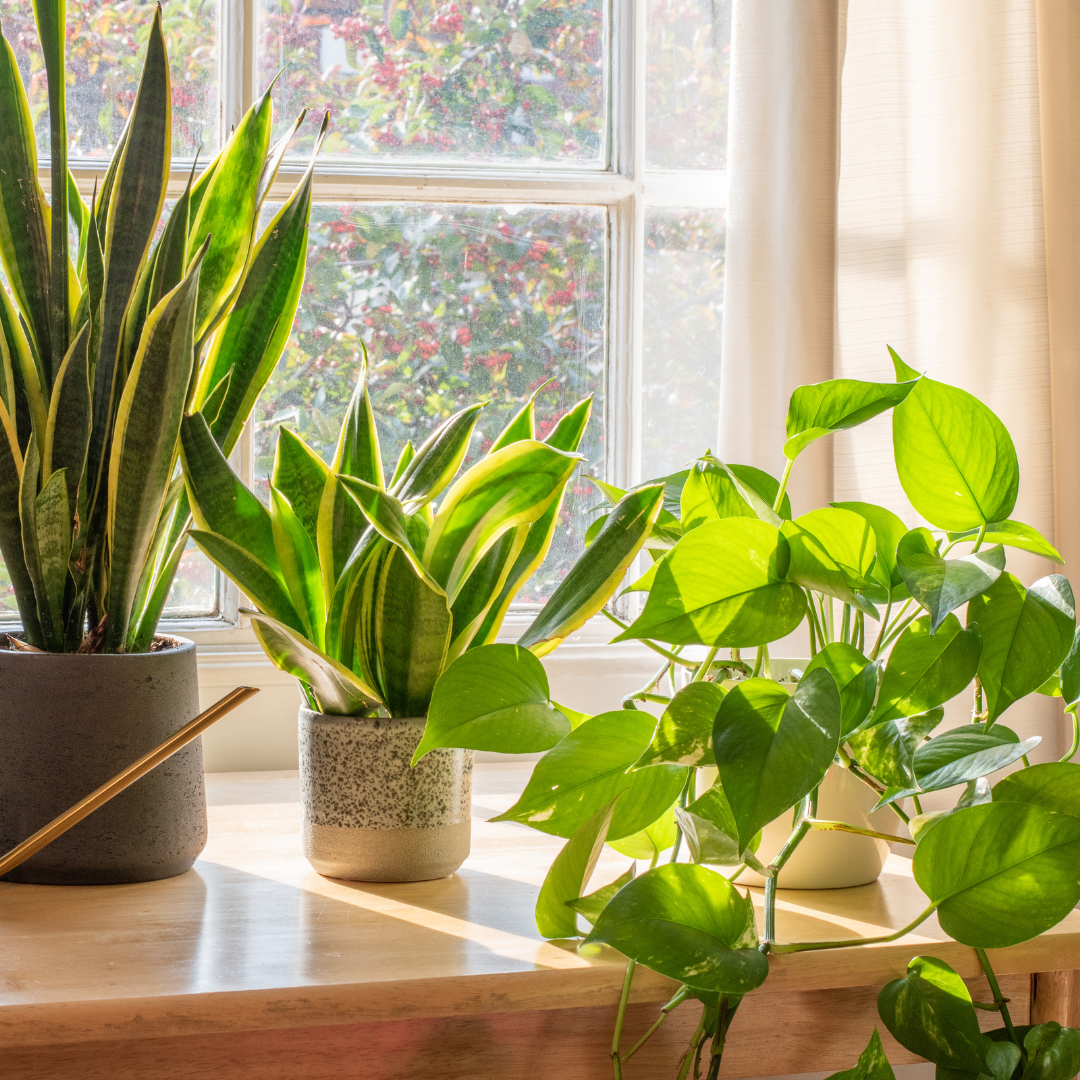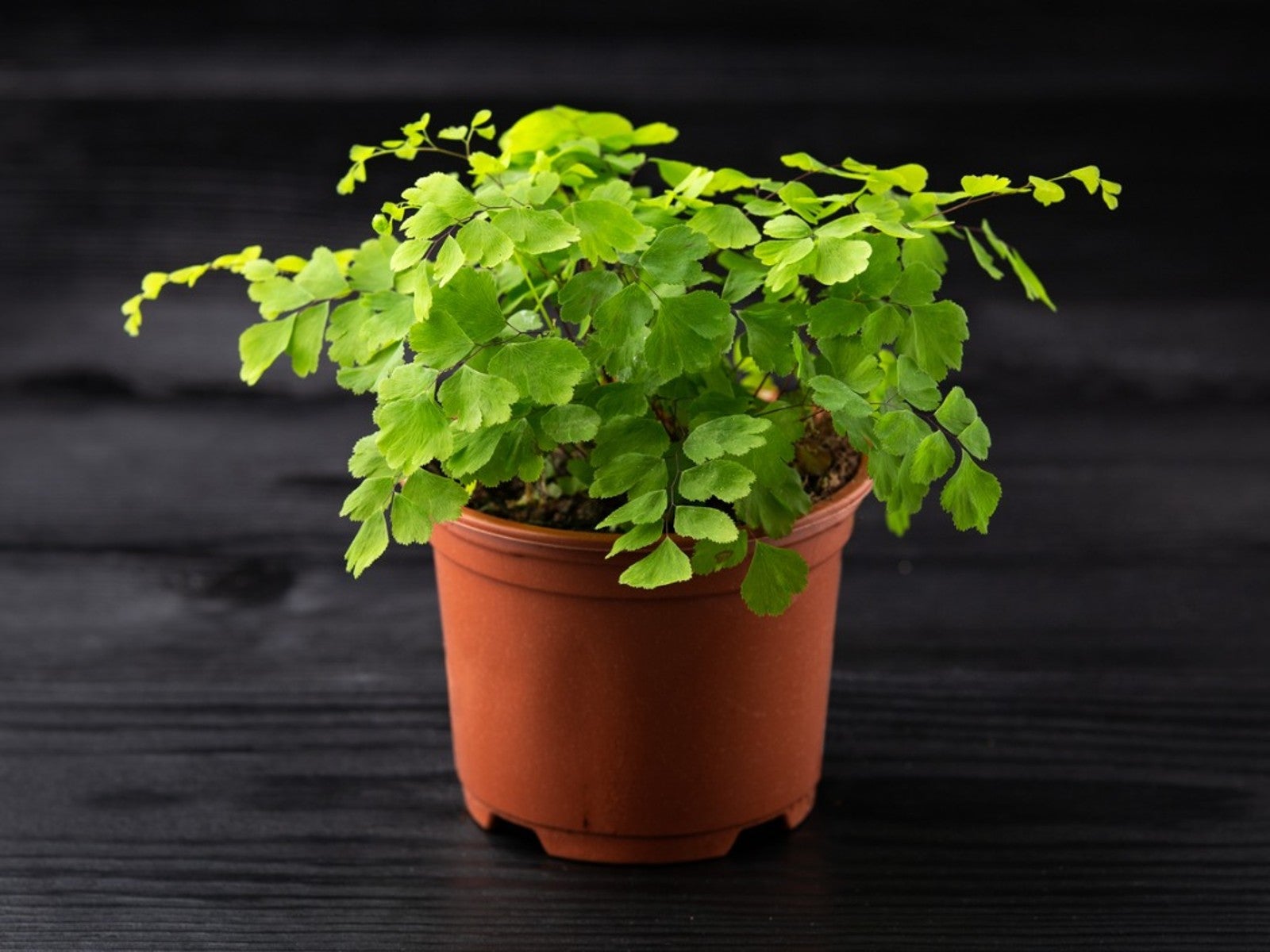Transform Your Home With Beautiful Low-Light Indoor Plants and Their Advantages
Including low-light indoor plants right into your home can significantly improve both the aesthetic and environmental high quality of your home. These plants, which thrive in dark problems, serve not only as ornamental elements yet also as natural air cleansers, making them perfect for city dwellers or those with restricted sunshine exposure. As we discover the various kinds of low-light plants and their benefits, you may locate unexpected ways to integrate them right into your home that can change your surroundings in methods you could not have actually expected.
Advantages of Low-Light Plants
Low-light plants supply numerous advantages for indoor atmospheres, making them an excellent option for both amateur and skilled garden enthusiasts. Among the key benefits is their adaptability to low-light conditions, enabling people to boost their living spaces without the need for substantial sunshine exposure. This characteristic makes them excellent for apartments, workplaces, and various other areas with minimal natural light.

Moreover, incorporating low-light plants into home decoration can raise the aesthetic charm of an area. Their rich vegetation and differed appearances develop a soothing ambience, adding to total health. The visibility of greenery has actually been connected to lowered tension levels and enhanced productivity, making low-light plants a useful selection for improving both physical and psychological health and wellness in interior settings.
Top Low-Light Indoor Plants
While numerous indoor plants flourish in brilliant light, several varieties are especially fit for low-light conditions, making them optimal for different indoor areas. One prominent option is the Snake Plant (Sansevieria), understood for its striking upright leaves and resilience, calling for marginal care. An additional exceptional option is the Pothos (Epipremnum aureum), which features heart-shaped fallen leaves and can trail perfectly from hangers or racks, flourishing in reduced light and adding a lavish touch.
The ZZ Plant (Zamioculcas zamiifolia) is celebrated for its shiny fallen leaves and capability to endure neglect, making it excellent for hectic way of lives. The Tranquility Lily (Spathiphyllum) not just tolerates low light however additionally produces spectacular white flowers, boosting any space's visual.
For a distinct touch, take into consideration the Cast Iron Plant (Aspidistra elatior), which certainly lives up to its name, growing in the darkest corners of your home. Finally, the Chinese Evergreen (Aglaonema) offers a selection of leaf patterns and shades while being incredibly flexible in low-light problems. These plants not only beautify indoor environments however likewise add to air purification, improving your space.
Care Tips for Low-Light Plants

Watering techniques are important; these plants often like a little dry problems. Overwatering can lead to root rot, so make sure that the leading inch of dirt is dry prior to watering once again. Usage pots with drain openings to allow excess dampness to leave.
Humidity is an additional crucial factor. Numerous low-light plants, such as brushes and peace lilies, take advantage of higher moisture degrees. To enhance moisture, consider misting the leaves or putting a tray of water near the plants.
Fertilizing needs to be approached with care. During the expanding period, use a thinned down, balanced fluid fertilizer each month to support growth, however avoid fertilizing during the inactive winter season.

Innovative Ways to Display Plants
Interior plants can act as exciting prime focus in any type of area, boosting both aesthetic appeal and atmosphere. Imaginative find displays can elevate the visual influence of low-light plants, making them an integral part of your home decor. One effective technique is to make use of tiered plant stands, which enable you to display numerous plants at varying elevations while making the most of floor room.
Hanging planters are one more cutting-edge choice, creating a sense of depth and drawing the eye upward. Think about macramé hangers or wall-mounted shelves to introduce a special appearance and design.
For an extra organized strategy, usage geometric terrariums or glass containers to house your plants, including a modern-day touch to your indoor garden. You can additionally repurpose vintage things, such as teacups or wooden cages, for a diverse display screen that reflects your character.
Enhancing Home Setting With Plants
Integrating low-light plants into your home not just boosts aesthetic allure but likewise adds significantly to the general atmosphere. These plants offer as natural design aspects, presenting a feeling of peace that can transform any type of space. The visibility of greenery promotes a relaxing ambience, which is specifically beneficial in high-stress environments such as home offices or living spaces.
Low-light plants, such as snake plants, pothos, and ZZ plants, are not only visually pleasing however likewise boost indoor air top quality by filtering system pollutants. This twin function boosts the setting better, developing a healthier home (Best low-light indoor plants). The strategic positioning of these plants can likewise influence the perception of space; for example, tall plants can attract the eye up, making ceilings appear greater and rooms more sizable
Moreover, differing structures and colors of vegetation add depth to indoor style, enabling creative expression in home designing. Whether put on shelves, in edges, or as centerpieces, low-light plants can boost the state of mind of any type of area. In summary, including these plants into your home is an efficient method to promote a warm, welcoming environment while reaping the advantages of enhanced air quality and aesthetic convenience.
Verdict
Including low-light indoor plants right into home settings offers many advantages, including improved visual allure and enhanced air top quality. These resilient plants, such as the Snake Plant and Tranquility Lily, require marginal light click here for more and maintenance, making them appropriate for varied lifestyles. Their capability to filter pollutants contributes to a much healthier space, while their diverse textures and colors enrich interior decoration (Best low-light indoor plants). Eventually, the addition of low-light plants promotes a peaceful and inviting ambiance, changing any home into a peaceful sanctuary.
While several indoor plants prosper in intense light, numerous species are especially fit for low-light conditions, making them excellent for various indoor areas. One efficient approach is to utilize tiered plant stands, which permit you to showcase several plants at differing elevations while maximizing floor area.
Low-light plants, such as serpent plants, pothos, and ZZ plants, are not only aesthetically pleasing but additionally boost interior air quality by filtering contaminants. Best low-light indoor plants. The calculated positioning of these plants can additionally affect the assumption of space; for instance, high plants can attract the eye upwards, making ceilings appear higher and rooms much more roomy
These durable plants, such as the Snake Plant and Peace Lily, require marginal light and upkeep, making them ideal for diverse way of lives.